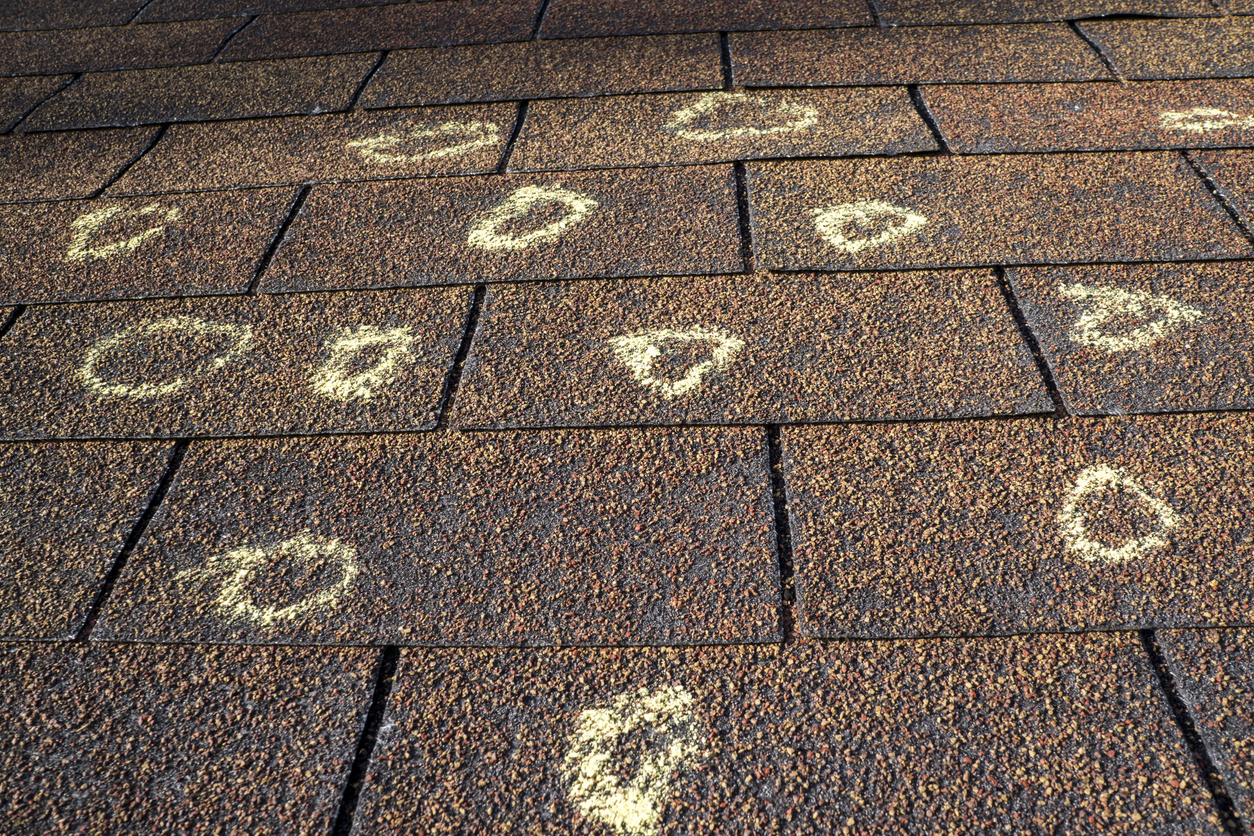
When your roof gets damaged, your home insurance can cover the resultant repairs or replacement. But that cannot happen if you fail to make your insurance claim the right way. Given the problematic nature of insurance claim filing, you might end up making a mistake that may prevent you from receiving compensation.
Home insurance companies often consider the roof as the most critical component of a house. When a roof is damaged, it can lead to the destruction of property within the home, resulting in high insurance claims. For that reason, filing a claim is an elaborate process involving filing tons of the correct documents. If you overlook anything, the insurance company can outrightly dismiss your claim.
This article discusses what you should expect from your insurance claim when your roof is damaged. Keep reading for more information.
What Perils Lead to Roof Damage Compensation?
The insurance company might decline to compensate you if the cause of the roof damage is something other than covered perils.
In that case, the insurance company won’t compensate you. Other events that aren’t covered include a damaged roof after maintenance, intentional damage by the owner, and living in a state that excludes hail storms or windstorms from the list of perils.
Here are the perils for which an insurance company can approve a claim:
- Natural disasters
- Falling objects (like a tree following a windstorm)
- Fire
- Hail
- Lightning strikes
- Vandalism
- Wind
Is the Age of Your Roof Important?
Yes and No. One of the aspects when it comes to insurance claims is the age of your roof. If your roof is 18-20 years old, and you carry a non-recoverable depreciation policy it can present the likelihood of the insurance company declining to pay the majority of your roof claim. However, most insurance companies still write policies that cover the replacement costs for older roofs.
The Role of the Roof Inspector and Insurance Adjuster
You can’t possibly know the extent of the damage to your roof. Be sure to have a professional inspect your roof.
Preferably, the roof inspector should be a qualified contractor capable of evaluating the damaged roof and providing the information needed to file the claim.
As part of the roof inspection, it is possible to detect damage that isn’t so obvious such as hail damaged shingles, wind-damaged shingles, hail damaged gutters and other damaged metals on the roof.
Alternatively, the insurance company will want to ascertain that your roof is damaged. It will therefore send an insurance adjuster to assess the damage.
Whether or not your claim gets approved depends on the opinion of the insurance adjuster. What a qualified roofer can do is to advocate for you during the adjustment to make sure the adjuster thoroughly evaluates the damages.
Therefore, you should be ready for any eventuality – approval or denial of your claim. If the insurance adjuster denies your claim, you might need a second opinion from a different insurance adjuster.
If the second insurance adjuster fails to approve your claim, you can have your roof inspected by an engineer. With that, you will have proof of the need to replace your roof following storm damage.
When Should You File an Insurance Claim?
Before you file your claim, you need to ensure that its age won’t be an impediment. Also, it would help if you had a good idea of how much your insurance deductible is because the insurance company will cover all costs except the deducible.
Importantly, you need to call a trustworthy roofer that can determine if the damage is limited and requires only limited repairs or is extensive and needs a roof replacement.
After that, you can be sure that making an insurance claim will result in a full roof replacement.
